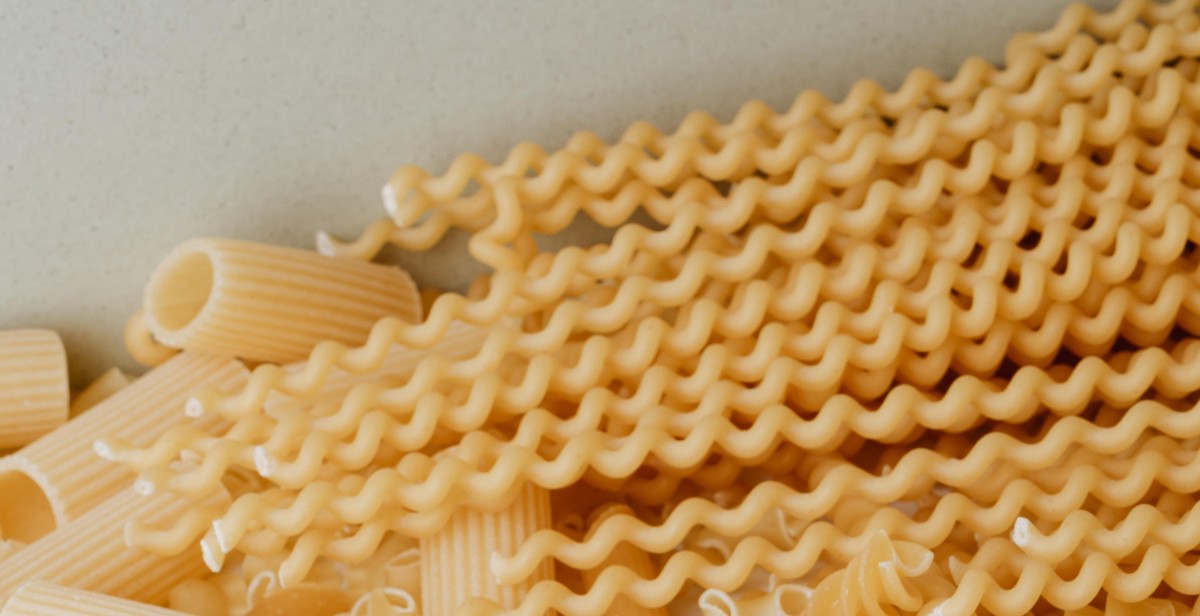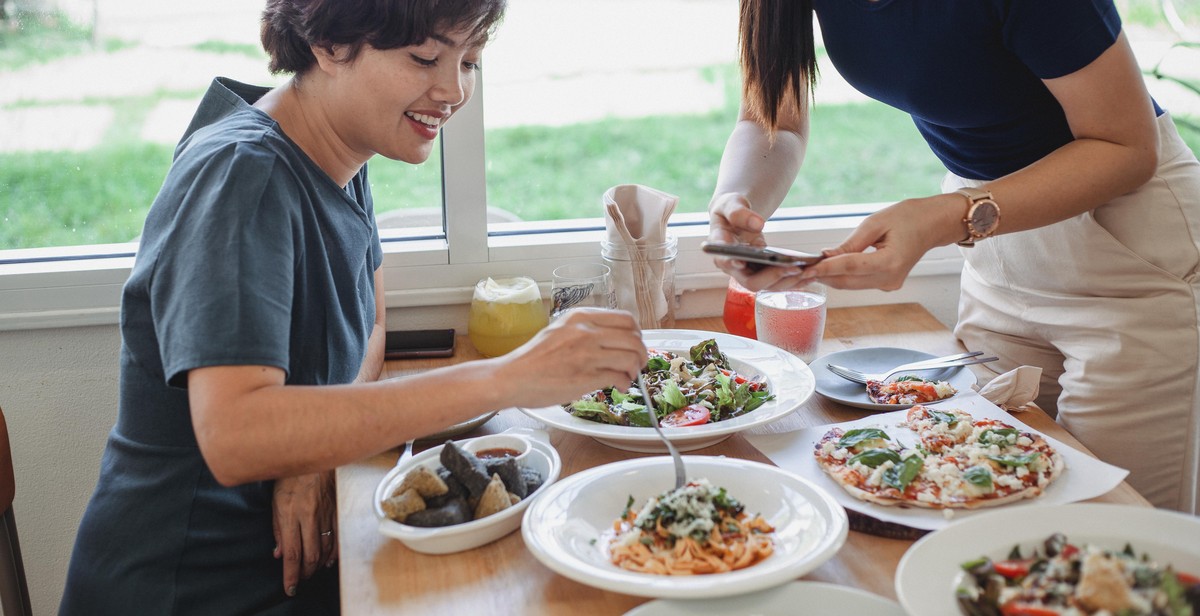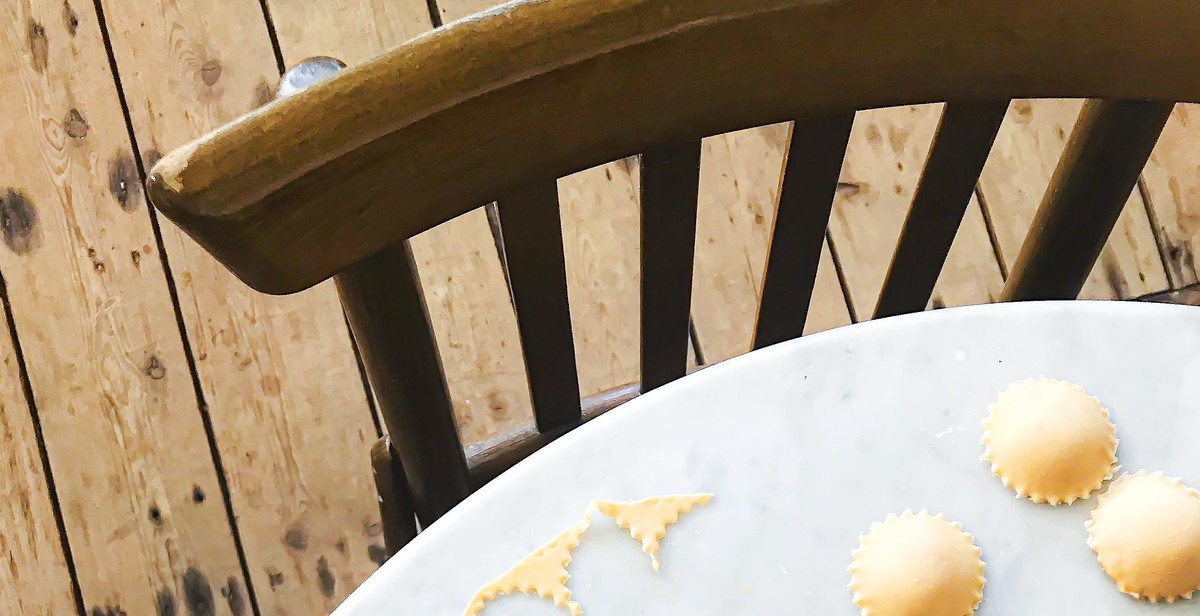How to Make Gluten-Free Pasta: Delicious Homemade Noodles without Gluten
Gluten is a protein found in wheat, barley, and rye. It is what gives bread its chewy texture and is often added to other foods as a thickener or binding agent. However, for people with celiac disease or gluten sensitivity, consuming gluten can cause a range of symptoms from mild discomfort to severe damage to the digestive system.
Why go gluten-free?
Going gluten-free is essential for people with celiac disease or gluten sensitivity. It can also be beneficial for those with other autoimmune disorders, such as Hashimoto’s thyroiditis or rheumatoid arthritis. Additionally, some people choose a gluten-free diet as a lifestyle choice to improve their overall health and well-being.
What is gluten-free pasta?
Gluten-free pasta is made from alternative flours such as rice, corn, quinoa, or chickpea. These flours do not contain gluten, making them safe for people with celiac disease or gluten sensitivity. Gluten-free pasta can be found in most grocery stores, but making your own homemade version can be a fun and delicious way to enjoy gluten-free pasta.
In this article, we will show you how to make gluten-free pasta from scratch using simple ingredients and easy-to-follow steps. Whether you’re a seasoned cook or a beginner in the kitchen, you’ll be able to make delicious homemade noodles without gluten.

Ingredients for Gluten-Free Pasta
Gluten-free pasta is a great option for those who have a gluten intolerance or celiac disease. Making gluten-free pasta at home is not only easy but also more affordable than buying pre-packaged gluten-free pasta. Here are the ingredients you’ll need:
| Ingredients | Quantity |
|---|---|
| Gluten-free flour | 2 cups |
| Xanthan gum | 1 tsp |
| Salt | 1 tsp |
| Eggs | 3 large eggs |
| Water | 1-2 tbsp |
Gluten-Free Flour
Gluten-free flour is the base of your pasta dough. You can use any gluten-free flour blend, but make sure it contains xanthan gum. Xanthan gum is a binding agent that helps hold the dough together. Some popular gluten-free flour blends include:
- Rice flour
- Corn flour
- Buckwheat flour
- Chickpea flour
Xanthan Gum
Xanthan gum is a crucial ingredient in gluten-free pasta dough. It helps bind the dough together and gives it elasticity. Without xanthan gum, your pasta dough will be crumbly and fall apart. You only need a small amount of xanthan gum, usually around 1 teaspoon per 2 cups of flour.
Salt
Salt is added to the dough for flavor. You only need a small amount, usually around 1 teaspoon per 2 cups of flour.
Eggs
Eggs are added to the dough to give it structure and help bind the ingredients together. You’ll need three large eggs for this recipe.
Water
Water is added to the dough to bring it together. You may need to add more or less water depending on the type of gluten-free flour you use. Add water a tablespoon at a time until the dough comes together.

Equipment for Making Gluten-Free Pasta
Making gluten-free pasta requires specific equipment to ensure that the dough is properly mixed, rolled, and cut. Here are the essential tools you’ll need:
Large Mixing Bowl
A large mixing bowl is necessary for combining your gluten-free flour blend with eggs and water. Choose a bowl that is spacious enough to accommodate all the ingredients without spilling over the sides.
Rolling Pin
A rolling pin is essential for flattening the pasta dough to the desired thickness. Choose a sturdy rolling pin that is comfortable to use and has a smooth surface to prevent the dough from sticking.
Pasta Maker or Knife
A pasta maker is an optional tool but can make the pasta-making process easier and more efficient. A pasta maker can help you roll out the dough evenly and cut it into your preferred shape. If you don’t have a pasta maker, you can use a sharp knife to cut the dough into strips or shapes.
Parchment Paper
Parchment paper is useful for preventing the pasta dough from sticking to the surface you’re working on. It also makes it easier to transfer the pasta to the pot of boiling water without tearing it.
Large Pot
A large pot is necessary for boiling the pasta. Choose a pot that is big enough to accommodate the amount of pasta you’re making and has enough water to fully submerge the noodles.
| Equipment | Description |
|---|---|
| Large Mixing Bowl | A spacious bowl for mixing the gluten-free flour blend with eggs and water. |
| Rolling Pin | A sturdy tool for flattening the pasta dough to the desired thickness. |
| Pasta Maker or Knife | A pasta maker can make the process easier, but a sharp knife can also be used to cut the dough. |
| Parchment Paper | Useful for preventing the pasta dough from sticking to the surface and making it easier to transfer the pasta to the pot of boiling water. |
| Large Pot | A pot big enough to accommodate the amount of pasta you’re making and enough water to fully submerge the noodles. |

Instructions: How to Make Gluten-Free Pasta
Making gluten-free pasta at home is easier than you think. Follow these simple steps to create delicious homemade noodles without gluten:
Step 1: Combine the dry ingredients
In a large mixing bowl, whisk together 2 cups of gluten-free flour, ½ teaspoon of xanthan gum, and 1 teaspoon of salt. You can use any gluten-free flour blend, but make sure it contains xanthan gum as it helps to bind the dough together.
Step 2: Add the wet ingredients
In a separate bowl, whisk together 3 large eggs and 1 tablespoon of olive oil. Add the wet ingredients to the dry ingredients and mix well with a fork until the dough starts to come together.
Step 3: Mix the dough
Use your hands to mix the dough until it forms a ball. If the dough is too dry, add a tablespoon of water at a time until it comes together. If it’s too wet, add a tablespoon of flour at a time until it’s no longer sticky.
Step 4: Knead the dough
Place the dough on a floured surface and knead it for about 5 minutes until it’s smooth and elastic.
Step 5: Rest the dough
Wrap the dough in plastic wrap and let it rest for 30 minutes at room temperature. This will allow the dough to relax and make it easier to roll out.
Step 6: Roll out the dough
Divide the dough into four equal parts. Take one piece of dough and flatten it with your hands. Dust it with flour and roll it out with a rolling pin until it’s about 1/8 inch thick.
Step 7: Cut the pasta
You can cut the pasta into any shape you like, but if you’re making spaghetti, use a pasta cutter or a sharp knife to cut the dough into thin strips. Dust the pasta with flour to prevent it from sticking together.
Step 8: Cook the pasta
Bring a large pot of salted water to a boil. Add the pasta and cook for 2-3 minutes or until it’s al dente. Drain the pasta and serve with your favorite sauce.
Now that you know how to make gluten-free pasta, you can enjoy homemade noodles without gluten anytime you want.

Tips for Success
Gluten-free pasta can be a bit tricky to make, but by following these tips, you can achieve delicious homemade noodles without gluten:
Measure Accurately
Measuring the ingredients accurately is essential when making gluten-free pasta. Be sure to use a kitchen scale to measure the flour and other ingredients precisely. This will ensure that the dough has the right consistency and texture.
Knead the Dough Well
Gluten-free pasta dough requires more kneading than traditional pasta dough. Kneading helps to develop the gluten-free flour’s structure and elasticity, which is essential for good texture and flavor. Knead the dough until it’s smooth and elastic.
Rest the Dough Before Rolling
Allow the dough to rest for about 30 minutes before rolling it out. This will give the flour time to absorb moisture, making the dough easier to work with. Cover the dough with a damp cloth to prevent it from drying out.
Roll the Pasta Thinly
Roll the pasta dough as thin as possible. This will ensure that the pasta cooks evenly and doesn’t become too thick or chewy. Use a pasta roller or rolling pin to roll out the dough thinly.
Cook the Pasta Immediately or Dry It
Gluten-free pasta can become sticky and clumpy if it’s not cooked or dried immediately after rolling. Cook the pasta in boiling salted water for 2-3 minutes, or until al dente. Alternatively, you can dry the pasta on a drying rack or by hanging it on a clothesline. Once dry, store the pasta in an airtight container until ready to use.
| Tips for Success |
|---|
| Measure Accurately |
| Knead the Dough Well |
| Rest the Dough Before Rolling |
| Roll the Pasta Thinly |
| Cook the Pasta Immediately or Dry It |
By following these tips, you can make delicious gluten-free pasta that’s perfect for any occasion. Experiment with different flours and flavors to create your own unique pasta recipes.

Conclusion
Now that you know how to make delicious gluten-free pasta, you can enjoy your favorite pasta dishes without worrying about gluten. Homemade gluten-free pasta is easy to make and tastes just as good as traditional pasta.
Tips for Perfect Gluten-Free Pasta
- Use a high-quality gluten-free flour blend that contains xanthan gum or guar gum.
- Avoid overcooking your pasta, as it can become mushy and lose its shape.
- Be sure to dust your pasta with plenty of gluten-free flour to prevent sticking.
- Experiment with different shapes and flavors to find your favorite gluten-free pasta recipe.
Benefits of Gluten-Free Pasta
Gluten-free pasta is a great option for people with celiac disease, gluten sensitivity, or those who simply want to avoid gluten. It’s also a good source of fiber and can be a healthier alternative to traditional wheat pasta.
Final Thoughts
With this easy gluten-free pasta recipe, you can enjoy your favorite pasta dishes without sacrificing taste or texture. Get creative with your pasta shapes and flavors, and don’t be afraid to experiment with different ingredients. Whether you’re gluten-free or just looking for a healthier alternative, homemade gluten-free pasta is a delicious and satisfying option.
